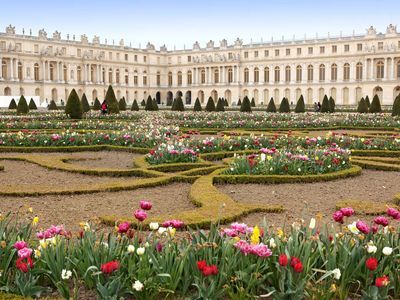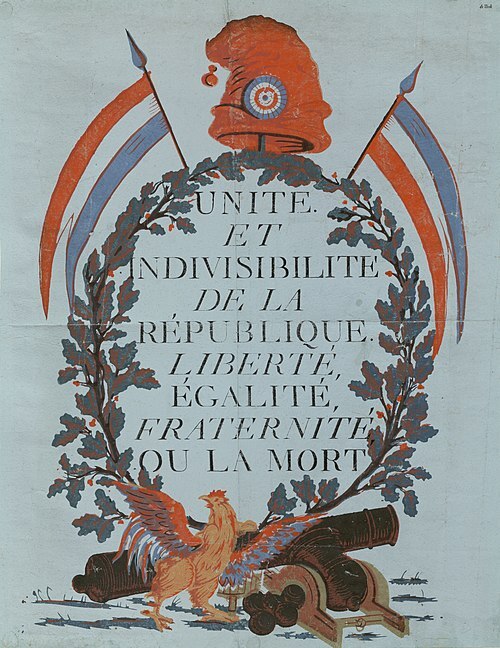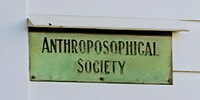Anthroposophy in Hawkes Bay
Rudolf Steiner Centre, 401 Whitehead Road, Hastings
In wintry depths of night
The majesty of heaven is so close to me,
Because my heart's new power and might
Makes real and full of substance, all the things I see.
There flames in me, against all ice and snow, all rain and sleet,
The leaping, dancing fire-forces of my heart to give me light and heat.
from 'In the Light of a Child' by Michael Burton
Events over next 2 weeks
[27 July to 9 August]
- Monday 28 July at 7 pm. Final Conversation on RS's Foundation Stone Meditation. Rudolf Steiner's colleagues appointed to the initial Vorstand: Gunther Wachsmuth and Elizabeth Vreede.
- Saturday 2 August. 9:30 am to Noon. School of Spiriual Science. (Second Recapitulation Lesson given in Prague on 5 April 1924.)
~~~~~
The Daffodil’s Gift

What a joy it was last week, when the first daffodil of the season opened in my garden, spreading its radiance out into the world. As we know, the daffodil grows from a bulb. I think it was Charles Kovaks, a teacher who taught at the Edinburgh Steiner School long ago, who wrote that many bulb varieties lie in the earth during the summer months, absorbing and holding summer’s heat and warmth. Then when cold days come, the bulbs grow, releasing the gifts of summer into the wintry and early spring days.
Diana Bacchus
~~~~~
Items that were repeated each week in previous Newsletters are available via these links:
Future Events Regular Groups
Newsletters are published every Sunday on www.anthrohb.nz/News and may be accessed at anytime, but they are archived after 6 months.
If you have Items, Notices, Letters, or articles of interest to the Hawkes Bay Anthroposophical community, please email your text by midday Saturday to the Editor at info@anthrohb.nz with"For AnthroHB News" in the subject line. Diagrams and pictures need to be in .jpeg or .jpg format.
Robin Bacchus, Editor
3fold Musings:
Chapter 16
Political Ideology
Where did Left and Right as political descriptors come from?
The origin of the left/right political axis is generally dated to 1789,[just before the French Revolution] when the French National Assembly met in Versailles, where the French King, Louis XVI, had his grand Palace.

During this meeting, the legislators who upheld revolutionary values tended to group themselves on the presiding officer’s left, while those who supported the monarchy were grouped on the right. This helped establish a persistent association between the left, "the party of movement" and revolutionary, progressive, liberal values, which tended toward egalitarianism, and between the right, "the party of order" and conservative, traditionalist or hierarchical values.
This was binary or 2fold, not 3fold. Even today most Parliaments are binary,consisting of Government (Executive) and Opposition.
Motto of the Revolution
During the Enlightment of the 18th Century, philosophers like John Locke and Jean-Jacques Rousseau proposed that governments derive their legitimacy from the consent of the governed, creating a social contract between the rulers and the ruled. They challenged the idea of divine right monarchy, advocating for limited government and the separation of powers to prevent tyranny.
Out of this, Robespierre (one of the great figures of the French Revolution) suggested that the words "Liberty - Equality - Fraternity" be written on the flags and uniforms of the National Guard in 1790.
The French Declaration of the Rights of Man and of the Citizen explained these terms:
Liberty consists of being able to do anything that does not harm others: thus, the exercise of the natural rights of every man or woman has no bounds other than those that guarantee other members of society the enjoyment of these same rights.
Equality was defined in terms of judicial equality and merit-based entry to government:
The law must be the same for all, whether it protects or punishes. All citizens, being equal in its eyes, shall be equally eligible to all high offices, public positions and employments, according to their ability, and without other distinction than that of their virtues and talents.
The third term, Fraternity, was the most problematic to insert in the triad, as it belonged to another sphere, that of moral obligations rather than rights, harmony [good will] rather than contract, and community rather than individuality. Various interpretations of fraternité existed. One was "fraternité de rébellion" (Brotherhood of the Rebellion), that is the Union of the National Assembly deputies refusing its dissolution as ordered by King Louis XVI: "We swear never to separate ourselves from the National Assembly, and to reassemble wherever circumstances require, until the constitution of the realm is drawn up and fixed upon solid foundations."
Fraternity had the quality of solidarity. It soon became “Fraternité, ou la Mort” – Brotherhood or Death. The introduction of the guillotine showed what they meant!
The French flag, the Tricolore (3 vertical strips of blue, white, and red) was adopted during the French Revolution and is related to the motto:
- Blue: often associated with freedom and peace, and historically
represents independence and justice. Liberty
- White: traditionally linked to the Bourbon monarchy, but also symbolizes truth, community, and unity. Equality
- Red: represents courage and tenacity, and honoured those who sacrificed during the revolution. Fraternity
Rudolf Steiner revived and deepened this motto when he developed his Threefold Social Order.
- Liberty, Freedom, Independence as a principle for the Cultural Realm; for Individuals, citizens
- Equality, Fairness, Justice as a principle for the Rights Realm; for Groups (family, clubs, associations, companies, regions, states, countries, ...)
- Fraternity, Community, Cooperation as a principle for the Economic Realm. for Whole world without boundaries, everyone)
It is interesting to note how many powerful mottos and phrases in our language have this tripartite form:
- "Life, liberty and the pursuit of happiness"
- "Citius, Altius, Fortius" ("Faster, higher, stronger") is the official Olympic motto
- "Veni, vidi, vici": (I came, I saw, I conquered) Julius Caesar reporting to the Senate.
- "Live, laugh, love"
- "Faith, hope, and charity"
- "God, family, and country"
- "Gold, frankincense and myrrh", the Biblical gifts of the Magi
- "Hook, line, and sinker"
- "In no way, shape, or form"
- "Lock, stock, and barrel"
- "Every Tom, Dick and Harry"
- "Reading, writing, and arithmetic"
- "Reduce, reuse, recycle"
- "Sun, sea and sand"
- "Wine, women and song"
Rudolf Steiner used this technique, (called Hendiatris, in which three words are used to express one idea) in his verses, meditations and mantra. In the German language he combined three nouns used in earthly language terms to create one new dynamic word to express a spiritual reality. Some examples from his “Foundation Stone Mediation:
|
German
|
English (as translated by Julian Pook)
|
|
GeistesMeeresWesen
|
Spirit-ocean-being
|
|
MenschenWeltenWesen
|
Cosmic human being
|
|
HerzensLungenSchlage
|
Beat of heart and lung
|
|
MenschenGeisteGründen
|
Human spirit-grounds
|
In the English language, words based on Latin or Greek roots often have a triPARTite form of prefix-ROOT-suffix such as monARCHy, bioGRAPHy, unFOLDing and so on.....
RB
~~~~~~~~~~
Interesting books relating to Social structure.
Threefold Musings archive





